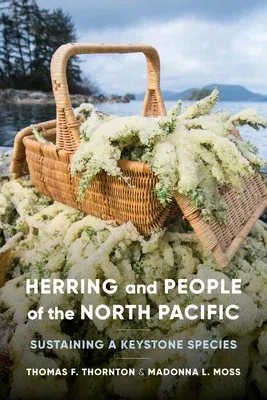Thomas F Thornton
(Author)Herring and People of the North Pacific: Sustaining a Keystone SpeciesHardcover, 31 January 2021

Qty
1
Turbo
Ships in 2 - 3 days
In Stock
Free Delivery
Cash on Delivery
15 Days
Free Returns
Secure Checkout

Print Length
276 pages
Language
English
Publisher
University of Washington Press
Date Published
31 Jan 2021
ISBN-10
0295748281
ISBN-13
9780295748283
Description
Product Details
Authors:
Book Format:
Hardcover
Country of Origin:
US
Date Published:
31 January 2021
Dimensions:
23.11 x
15.49 x
2.29 cm
ISBN-10:
0295748281
ISBN-13:
9780295748283
Language:
English
Location:
Seattle
Pages:
276
Publisher:
Weight:
517.09 gm